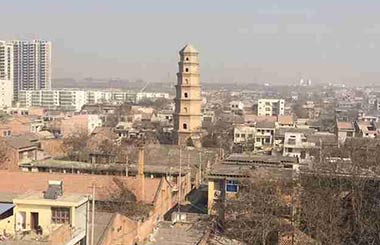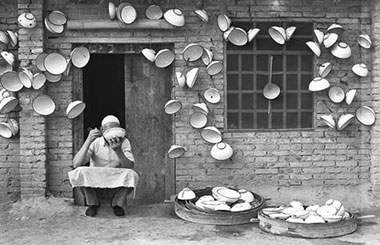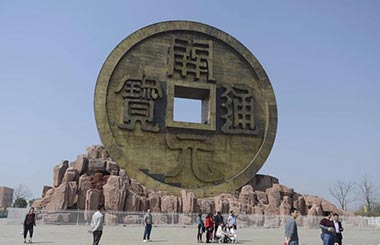New work shines light on blood disease
By Liu Zhihua ( China Daily ) Updated: 2016-03-09 08:01:09For the book, scholars from the university's China Philanthropy Research Institute conducted surveys and interviews of more than 1,000 patient families across 90 cities in 10 provinces in southern China, where the thalassemia incidence is noticeably higher than in other parts of the country.
The main breadwinners of families with the disease are often farmers or migrant workers who face the burden of medical expenses and find insurance reimbursements difficult to come by.
About 90 percent of the families surveyed for the book earn less than 60,000 yuan ($9,230) a year, and some 80 percent of the families have taken out loans to get their children treated, the book says.
Blood transfusions, a standard treatment for the disease, costs an average of 1,700 yuan per month, and some 3,300 yuan per month is needed to treat excessive iron.
It is seen worldwide that children with thalassemia respond well to proper and timely treatment, but in China's the progress in fighting the disease has been slow.
Young adults with the anemia also find it difficult to obtain professional skills to make a living, and have much shorter life spans than healthy people due to limited access to treatment and poor social support, the book adds.
|
|
|
|
|
|
|
|
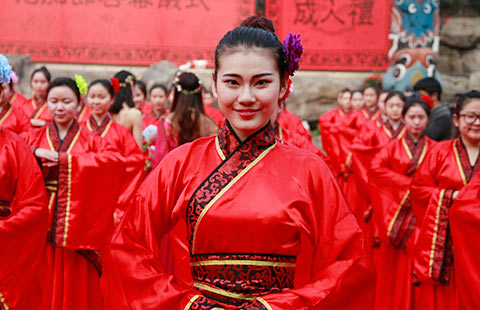


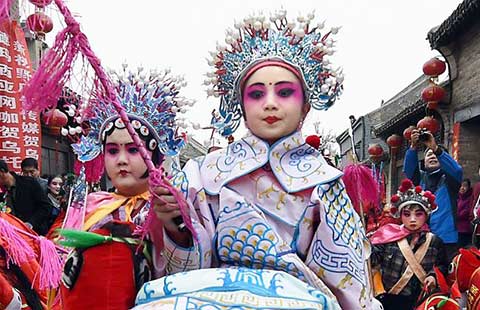
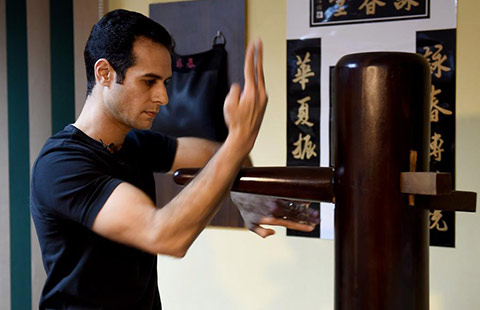








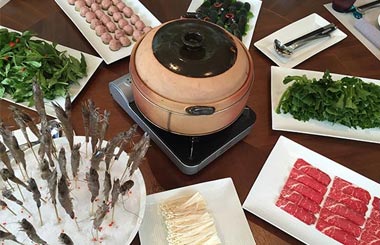





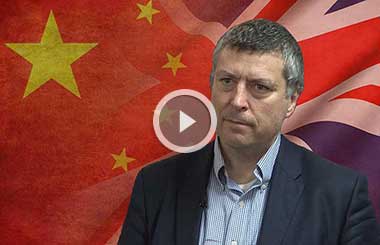

 Raymond Zhou:
Raymond Zhou: Pauline D Loh:
Pauline D Loh: Hot Pot
Hot Pot Eco China
Eco China China Dream
China Dream China Face
China Face
